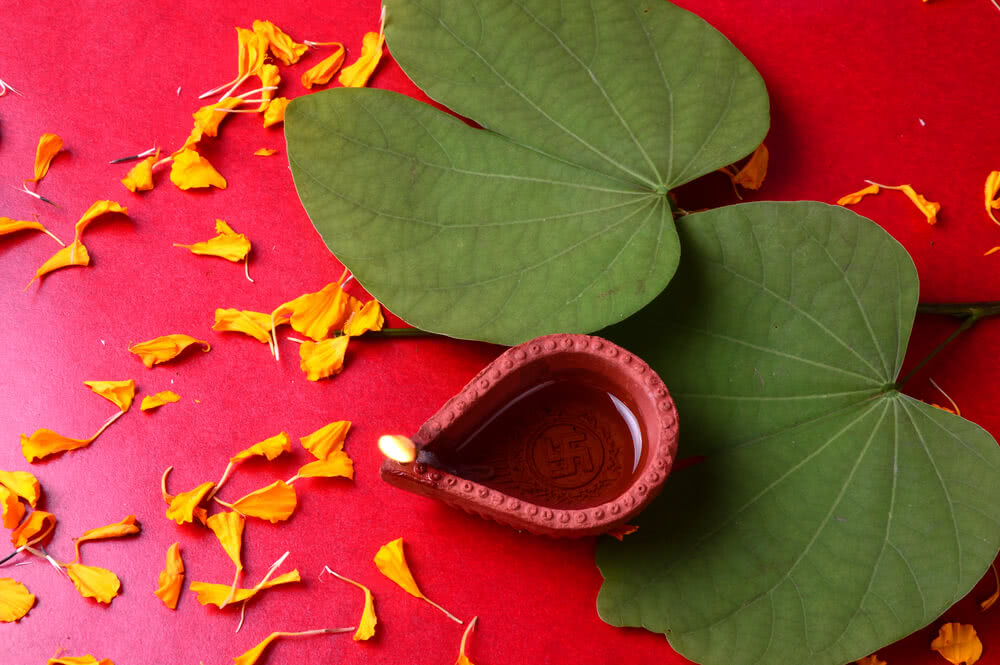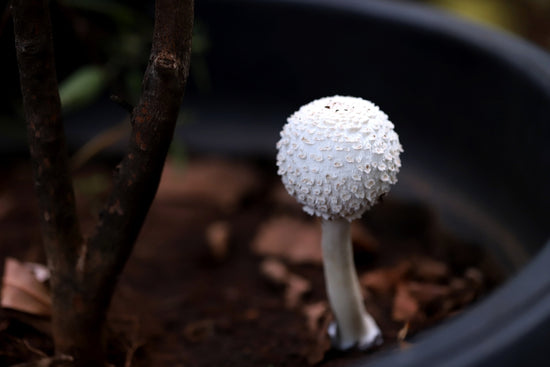The victory of Durga over the demon Mahishasura, Victory of Ram over Ravan, the end of Pandava’s exile & much more significantly positive things happened on this very day. There are so many running tales that unfold each & every event in detail.
Vijayadashami is celebrated differently in different parts of India, but one noticeable thing in most of these celebrations is the importance given to certain plants.
In fact, some of these plants are popular in India because of this festival itself.

Significance of Dussehra Festival:
- Dussehra marks the victory of good over evil and hence is celebrated with great vigour all over the counrty.
- Dussehra marks the beginning of a major harvesting season in India. Most of the Kharif (Monsoon) sown crops like pulses & cereals are ready to harvest.
- The rituals, celebrations & offerings at Vijayadashami are made to ensure successful & prosperous agricultural yields, so that Diwali, the festival of lights can be celebrated twenty days after Vijayadashami.

1. Apta tree:
- Scientifically known as Bauhinia racemosa, this is a native Indian tree.
- The tree is easy to recognize due to its typical rough textured twin leaves.
- On the day of Dussehra, these leaves are plucked from the tree & are exchanged as gold & metaphorically looted from each other as a ritual in Maharashtra.
- The tree has medicinal properties & has immense importance in ‘Ayurveda.' Read about medicinal plants.
Significance of Apta Tree:
According to the story, on this day, god of wealth ‘Kubera’ himself converted millions of Apta leaves into gold to help an honorable scholar ‘Kautsya’ to pay ‘Guru-Dakshina’ (Fees). Kautsya accepted only the ones he needed & the rest were distributed among residents of ‘Ayodhya.'

2. Shami tree:
- Scientifically known as Prosopsis cineraria, this leguminous tree is also native to the Indian subcontinent.
- Like Acacia, this tree grows in dry arid areas of India. It is referred as ‘tree of life’ in deserts due to its medicinal importance.

Significance of Shami Tree:
- In Mahabharata, the Pandavas lost to the Kaurav in a dice game and were exiled in the forest for twelve years. Pandavas hid their weapons in a hole in a Shami tree before they entered the Kingdom of Virat to complete their final year of exile. After that year, on Vijayadashmi they recovered the weapons from the tree & declared their real identities and defeated Kauravas, who had attacked King Virat to steal his cattle.
- Since that day, Shami trees and weapons have been worshiped, and the exchange of Shami leaves on Vijayadashmi has been a symbol of good will.

3. Marigold
- In Maharashtra, these saffron colored flowers locally known as ‘zendu’ are popular at this time. The flowers are used for worship & decoration in the form of garlands.
- Marigold is seasonal flowering plants & when seeds are sown at the beginning of the monsoon, the plant is in full bloom during Durga Puja & Dussehra.

4. Barley
In North Indian states, it is a tradition to sow seeds of Barley in earthen pots on the first day of Navaratri.
Significance of Barley:
On the day of Dussehra, the nine-day-old sprouts called Navratras are used for luck; men place them in their caps or behind their ears.

Happy Dussehra!!










